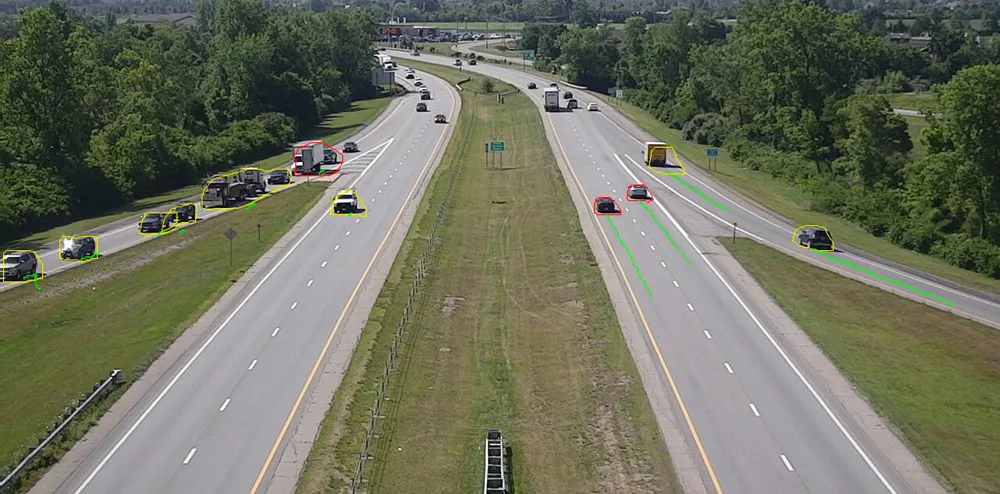Intelligent Transportation Systems (ITS) solutions provider Open Roads Consulting is to deploy its automotive incident response module for West Virginia Division of Highways’ (WVDOH) advanced transportation management system (ATMS).
Open Roads’ OpenTMS has been the backbone of the WVDOH state-wide ITS program since 2008. The modular and extensible architecture of the OpenTMS platform will seamlessly incorporate the automated incident response module into the core system.
The automated incident managem
November 26, 2013
Read time: 2 mins
Intelligent Transportation Systems (ITS) solutions provider 5660 Open Roads Consulting is to deploy its automotive incident response module for West Virginia Division of Highways’ (WVDOH) advanced transportation management system (ATMS).
Open Roads’ OpenTMS has been the backbone of the WVDOH state-wide ITS program since 2008. The modular and extensible architecture of the OpenTMS platform will seamlessly incorporate the automated incident response module into the core system.
The automated incident management and response planning tool uses a business rules engine (expert system) that determines in the event of an incident which dynamic message signs should be activated, the messages to be displayed and which external agencies or personnel need to be notified. The system provides an immediate list of nearby CCTV video feeds that allow for real-time visual monitoring of the Incident.
Bruce Kenney, ITS coordinator and systems management engineer at WVDOH said “The Open Roads ATMS is a key element of the WVDOH’s strategy to manage one of the most diverse transportation systems in the nation. In a state that includes major multimodal hubs, intensely rural terrain, significant national freight corridors and the DC suburbs, WVDOH needed a strong partner with proven enterprise solutions. Open Roads has been partnering with West Virginia to design and establish an ITS program that meets our immediate needs as well as future requirements. The deployment of the automated incident response system is a perfect example of our ITS program moving forward in a modular fashion.”
Open Roads’ OpenTMS has been the backbone of the WVDOH state-wide ITS program since 2008. The modular and extensible architecture of the OpenTMS platform will seamlessly incorporate the automated incident response module into the core system.
The automated incident management and response planning tool uses a business rules engine (expert system) that determines in the event of an incident which dynamic message signs should be activated, the messages to be displayed and which external agencies or personnel need to be notified. The system provides an immediate list of nearby CCTV video feeds that allow for real-time visual monitoring of the Incident.
Bruce Kenney, ITS coordinator and systems management engineer at WVDOH said “The Open Roads ATMS is a key element of the WVDOH’s strategy to manage one of the most diverse transportation systems in the nation. In a state that includes major multimodal hubs, intensely rural terrain, significant national freight corridors and the DC suburbs, WVDOH needed a strong partner with proven enterprise solutions. Open Roads has been partnering with West Virginia to design and establish an ITS program that meets our immediate needs as well as future requirements. The deployment of the automated incident response system is a perfect example of our ITS program moving forward in a modular fashion.”









